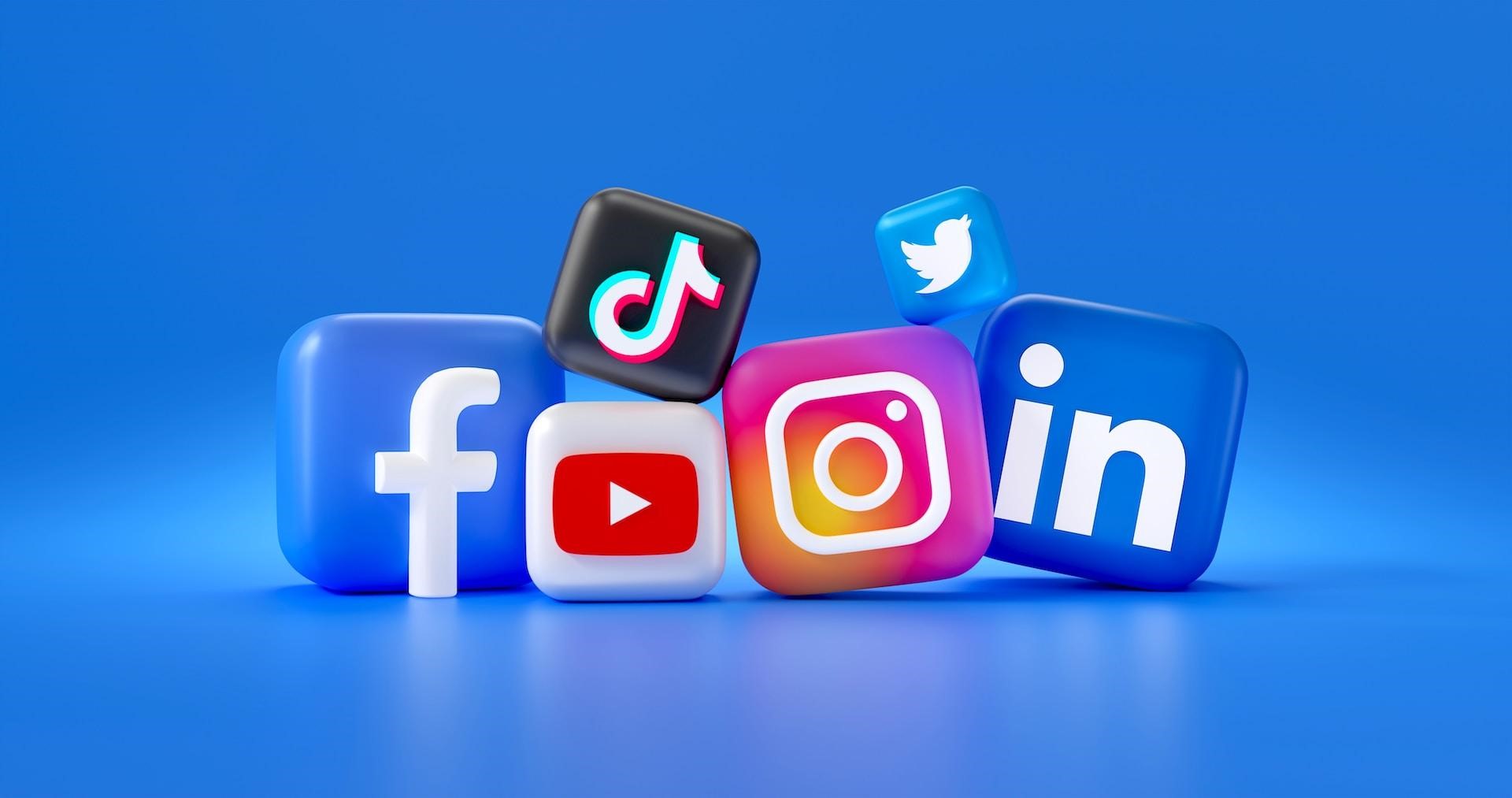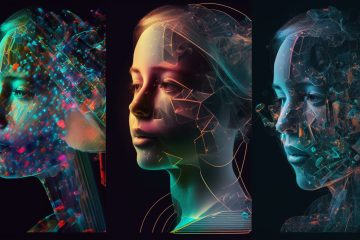In today’s highly connected world, social media has become the ultimate platform for influencers, content creators, and brands to engage with global audiences. Yet, language barriers can limit a creator’s potential to connect with millions of non-English speaking users. That’s where AI-powered video translators come in. These innovative tools allow creators to translate their video content into multiple languages, making it possible to reach diverse global audiences. Whether you’re a content creator looking to break into new markets or an influencer aiming to expand your global footprint, AI video translation can transform the way you engage with followers around the world.

The Global Reach of Social Media
With billions of users across platforms like YouTube, Instagram, TikTok, and Facebook, social media is an ecosystem that transcends geographical borders. However, it’s worth noting that English is not the dominant language for the majority of these users. Spanish, Hindi, Mandarin, and Arabic are just a few of the many languages spoken by a significant portion of social media audiences. For creators focused solely on English-speaking viewers, this represents a massive untapped opportunity.
That’s where AI-powered video translators come into play. By allowing influencers and content creators to seamlessly translate their video content into multiple languages, AI tools can help bridge the language gap and unlock new markets.
How AI Video Translators Work
AI video translator tools use artificial intelligence and machine learning algorithms to transcribe and translate video content into various languages. This technology has evolved significantly, enabling near-human accuracy in real-time audio and video translation.
Here’s how AI video translation works:
- Transcription: The AI software listens to the audio of the video and transcribes it into text in the source language.
- Translation: The transcription is then translated into the desired target languages using advanced language models. AI models have become adept at recognizing nuances, idioms, and slang to ensure accurate translations.
- Dubbing or Subtitling: Once translated, the AI tool can either dub the content with AI-generated voices or add subtitles in the translated languages. Some AI video translation apps allow creators to choose from multiple voice profiles to match the original tone and emotion of the speaker.
Leveraging AI-Powered Video Translators for Social Media Influence
Influencers and content creators are already benefiting from these tools in various ways:
1. Reaching Non-English Speaking Audiences
By translating their content into languages like Spanish, French, Hindi, or Mandarin, creators can make their videos accessible to new demographics. For instance, a travel vlogger who produces content in English can use AI video translation to create versions of their videos in Spanish and Portuguese, allowing them to reach Latin American audiences, where travel content is highly popular.
2. Increasing Engagement and Follower Count
Creating multilingual content makes it easier for non-English speakers to engage with posts, videos, and livestreams. Whether through dubbed content or translated subtitles, the ability to communicate in viewers’ native languages can significantly increase the time they spend watching videos, liking, sharing, and following. In fact, studies show that localized content often receives more engagement compared to untranslated content.
3. Breaking into International Markets
Influencers often partner with brands for paid sponsorships, and the ability to reach a global audience is a massive selling point. A content creator who uses AI video translators to localize their content for different markets can attract international sponsorship deals from brands looking to reach customers in those regions.
4. Maximizing the Impact of Viral Content
AI video translators help creators take advantage of viral trends across cultures. For example, an English-language video that goes viral in the U.S. can easily be translated into multiple languages, allowing the trend to spread more quickly across the globe.
Free AI Video Apps: Accessibility for All Creators
One of the most exciting aspects of AI-powered video translation is its increasing accessibility through free AI video apps. There are a growing number of apps that provide AI-driven video translation and subtitling features at no cost, making this technology available to a wide range of creators, from amateur influencers to seasoned professionals. Some of the most popular free AI video apps for translation include:
- Veed.io: A web-based video editor that offers automatic translation features.
- Kapwing: This app allows you to create and edit video content with subtitles and offers automatic translation into multiple languages.
- Subtitle Horse: A free AI-powered tool for creating, editing, and translating subtitles in various languages.
By using these free tools, content creators can avoid the high costs of hiring professional translators and voiceover artists. This democratizes video translation and allows creators from all backgrounds to expand their reach without significant upfront investments.
Real-Life Examples of Success
- YouTubers Breaking Global Boundaries: Many popular YouTubers, such as tech reviewers and fitness influencers, have expanded their subscriber base by translating their content into other languages. For example, an English-speaking tech reviewer may translate their product review videos into German, appealing to European audiences who want content in their native language.
- Instagram Influencers Going Global: Instagram influencers have used AI video translators to localize their content for specific markets. Beauty and fashion influencers, in particular, have seen success by creating dubbed versions of tutorials and styling tips for international followers, expanding their engagement and brand deals.
Overcoming the Challenges of AI Video Translation
While AI video translation is a powerful tool, it’s important to acknowledge that the technology is not without its limitations. AI models may sometimes struggle with accurately translating colloquialisms, slang, or culturally specific references. Therefore, creators should review and fine-tune AI-generated translations to ensure their messaging is culturally appropriate and aligns with the intended tone.
Additionally, while free AI video apps offer many features, they may not provide the same level of customization and quality as premium software. For influencers looking to maintain a high production value, a blend of AI tools and professional editing may be the best approach.
The Future of Social Media with AI Video Translation
As AI technology continues to advance, the possibilities for video translation are endless. In the near future, we may see even more sophisticated tools that can handle live translation during livestreams, offer personalized voice synthesis for dubbing, and integrate cultural nuances seamlessly into translations.
For influencers and content creators, AI video translators represent an unprecedented opportunity to break language barriers, grow their international influence, and connect with a truly global audience.



